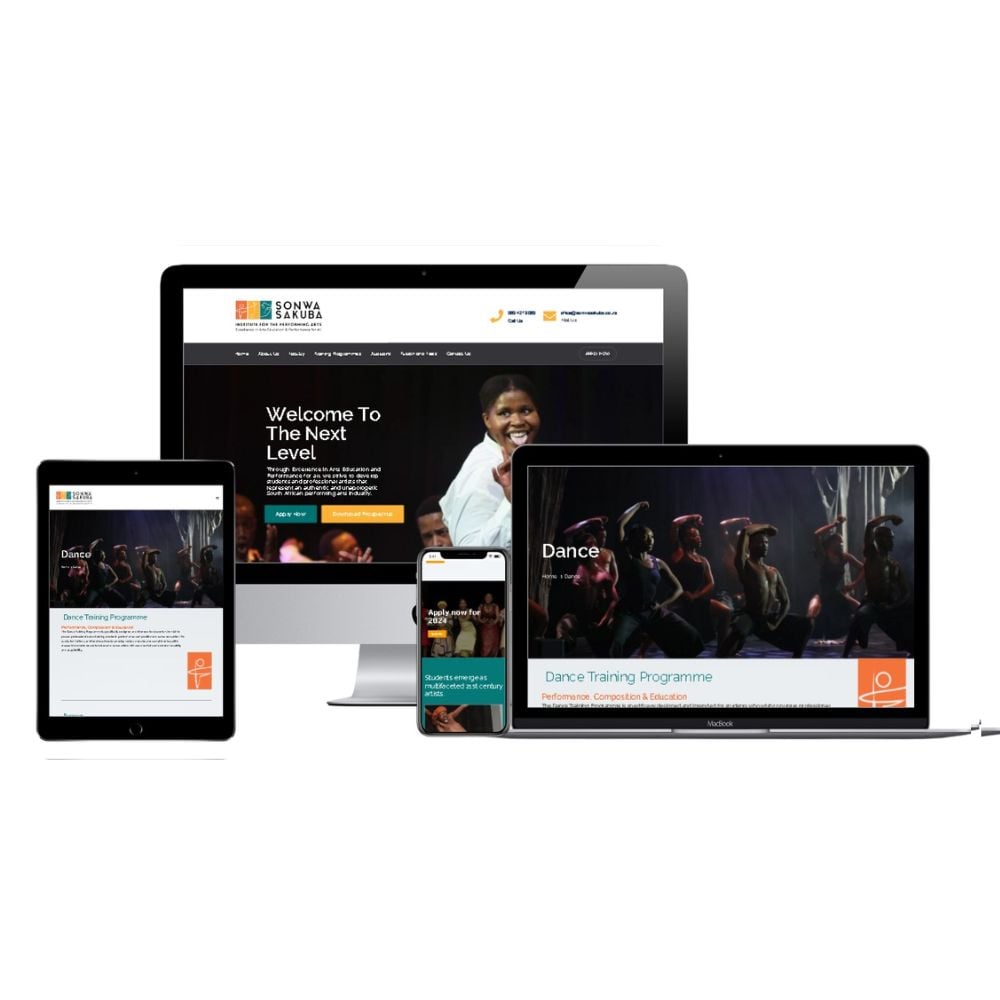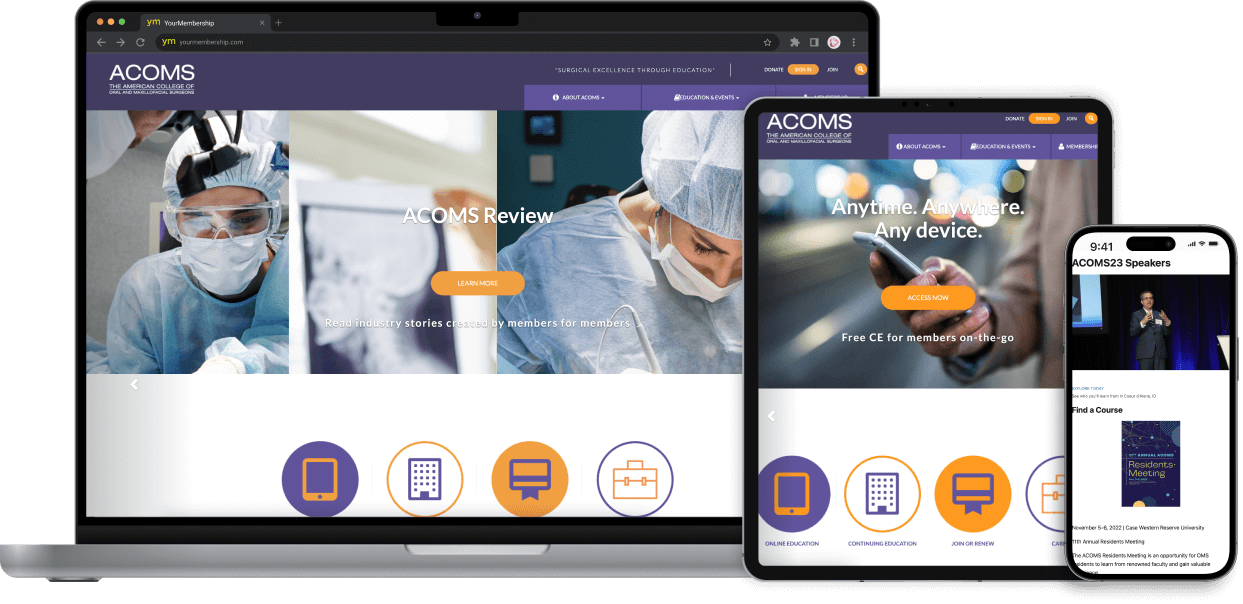The Impact of Website Design on Your Site's Search Engine Rankings
The Impact of Website Design on Your Site's Search Engine Rankings
Blog Article
The Ultimate Overview to Modern Website Design Trends
In the ever-evolving digital landscape, modern-day web site layout fads play a crucial function in shaping user experience and involvement. From the rise of minimalist style concepts that prioritize simplicity to the effect of bold typography in defining brand identification, each component adds to a cohesive on-line existence.
Minimalist Design Principles
Minimalist design concepts emphasize the concept that less is more, advocating for simpleness and functionality in aesthetic interaction. This approach strips away unnecessary elements, focusing instead on vital parts that share the desired message efficiently. By prioritizing quality, minimalist design improves customer experience, permitting site visitors to browse internet sites easily.
Core tenets of minimalist style consist of using adequate white space, which produces a feeling of equilibrium and company. This unfavorable space not just guides the viewer's attention to crucial elements yet likewise fosters a relaxing visual environment. In addition, a limited shade combination is commonly used, making use of soft shades or single systems to preserve visual communication and stop overwhelming the user.
Typography plays a crucial role in minimal layout, where clear fonts are chosen for their simplicity and effectiveness in communicating content. Photos and graphics are utilized moderately, ensuring that they serve a function rather than distract from the total message. Eventually, minimal style principles grow a focused setting that motivates customers to involve with the material, boosting the general performance of modern-day website design. This trend mirrors an expanding admiration for thoughtful, user-centric looks in electronic rooms.
Vibrant Typography Options
Embracing strong typography options has actually come to be a specifying characteristic of contemporary website layout, as it efficiently catches focus and communicates solid messaging. Designers are increasingly utilizing typography not just as a useful component but as a vital aesthetic part that enhances the overall aesthetic and customer experience.

Moreover, the association of bold typography with minimal style concepts permits for striking contrasts, improving readability while maintaining visual allure. Using whitespace around bold text even more highlights its significance, ensuring that the message resonates with the audience.
As digital landscapes become much more competitive, leveraging bold typography enables brand names to separate themselves and leave a long-term impact. The mindful choice of font styles and their application can stimulate emotions, establish tone, and drive action, making strong typography an essential device in contemporary internet site layout. Eventually, it is an effective method to boost storytelling and ensure that key messages are not only seen however also felt.
Responsive and Mobile-first Design
Mobile-first and receptive layout has actually become a critical principle in modern site advancement, mirroring the increasing reliance on mobile tools for accessing on the internet material. As individual habits shifts in the direction of mobile surfing, developers have to prioritize creating experiences that adapt perfectly across different screen sizes and resolutions.
A responsive layout ensures that a website immediately changes its format, pictures, and capability based on the device being used. Mobile-first design advocates for establishing internet sites at first for smaller sized displays, ultimately scaling up to larger displays.
Implementing mobile-first and receptive concepts not just provides to user choices but additionally aligns with search engine optimization (SEO) techniques. Major internet search engine, like Google, focus on mobile-friendly websites in their rankings, making it crucial for companies to see this website embrace these design methods. In an affordable electronic landscape, accepting responsive and mobile-first design is not simply a choice; it is essential for making sure availability and engagement with a varied audience.
Engaging Microinteractions
Microinteractions play a crucial function in enhancing individual involvement and total website experience, specifically in the context of mobile-first and receptive design. These refined style aspects provide immediate responses to users, making interactions a lot more user-friendly and pleasurable. Examples include button animations, notification signals, and loading indications, which not only overview individuals but also produce a sense of link with the user interface.
Including engaging microinteractions can substantially improve usability by decreasing cognitive lots. When customers receive auditory or aesthetic comments upon doing activities, such as clicking a button or sending a form, they really feel a lot more positive in their options. This promotes a smoother navigating experience, ultimately raising customer retention.

As internet site design trends remain to develop, the significance of microinteractions can not be overemphasized. They act as the subtle yet effective touchpoints that transform average communications into amazing experiences, thus elevating the general performance of modern-day website design.
Sustainable Internet Style Practices
Sustainable internet layout techniques are coming to be increasingly vital as the electronic landscape grows and ecological worries rise. Designers and developers are recognizing their obligation to produce internet sites that not just serve individual requirements but likewise lessen environmental influence. This method includes several crucial approaches.
To start with, optimizing power intake is paramount. Sites ought to be developed to load promptly and effectively, which lowers server energy use and boosts customer experience. Techniques such as picture compression, decreasing HTTP requests, and utilizing modern coding techniques contribute considerably to this goal.
Second of all, picking eco-friendly holding companies is essential - website design. Lots of hosting firms are currently powered by renewable energy sources, making it possible for sites to operate in a more sustainable way. This choice reflects a dedication to lowering carbon footprints
Additionally, adopting a minimal design can boost sustainability. Fewer elements on a page result in less view it now information transfer, which not just quickens loading times however likewise preserves sources.
Finally, advertising electronic accessibility ensures that internet sites reach a wider target market without unneeded bloat, straightening customer experience with ecological duty. By integrating these lasting methods, web designers can add favorably to both individual involvement and the world's health.
Verdict
In recap, modern internet site style fads highlight the integration of minimalist concepts, strong typography, and receptive design to improve customer experience. Adopting these fads is vital for developing impactful electronic experiences that resonate with users in a progressively affordable online landscape.
In the ever-evolving digital landscape, contemporary web site style trends play a vital role in shaping individual experience and interaction. By focusing on clarity, minimalist layout improves user experience, allowing site visitors to best site browse web sites effortlessly.
Ultimately, minimal design concepts grow a focused setting that urges customers to engage with the web content, boosting the overall efficiency of contemporary internet site design.Microinteractions play an essential role in improving user engagement and overall site experience, specifically in the context of mobile-first and receptive design.In recap, contemporary site layout patterns highlight the integration of minimal principles, bold typography, and receptive design to improve user experience.
Report this page